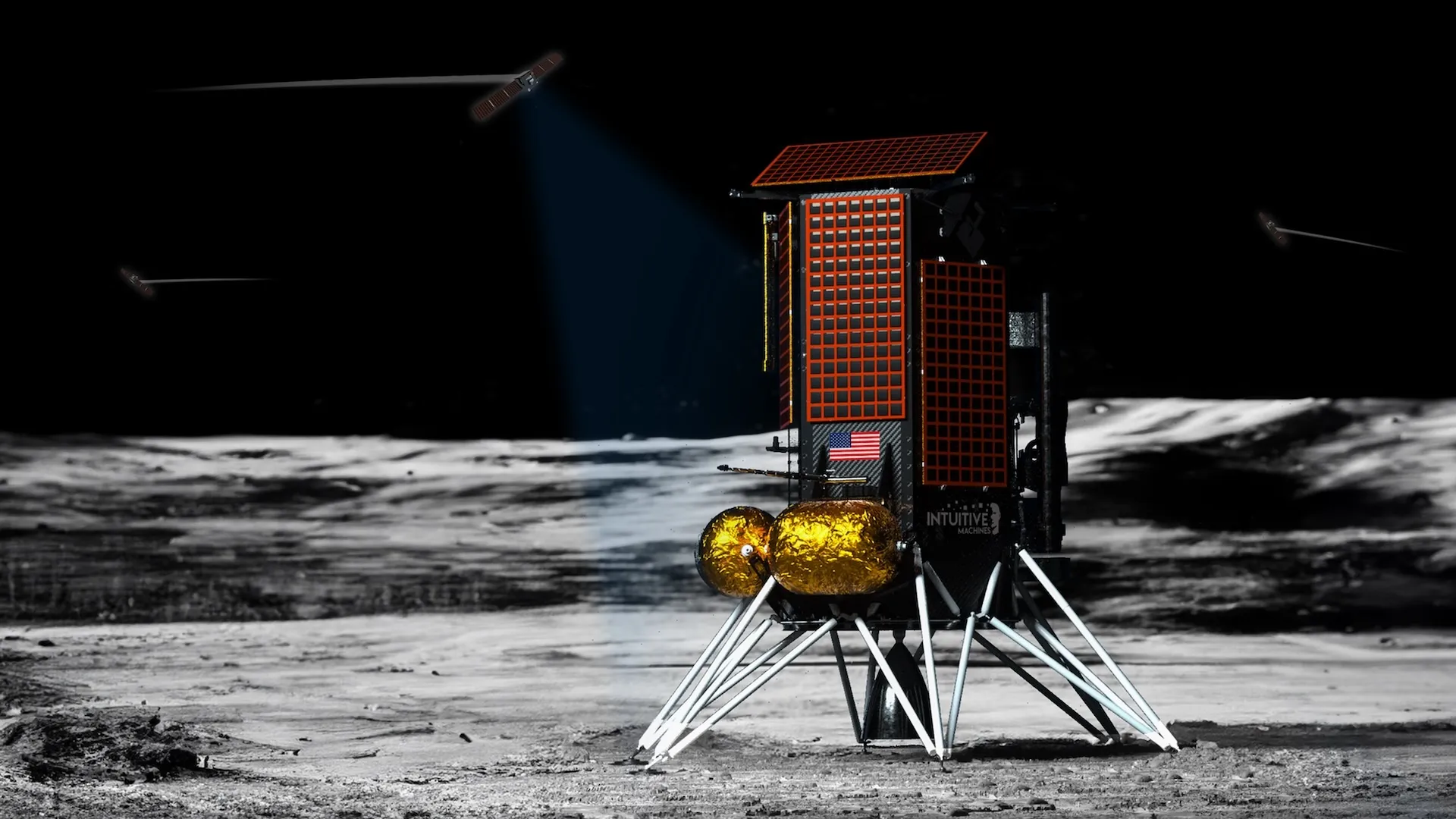Copyright Interesting Engineering

US-based private space company Intuitive Machines has announced an $8.2 million contract extension from the US Air Force Research Laboratory’s Space Vehicles Directorate (AFRL/RV) to develop next-generation nuclear power stations for space. The new funding will be used to accelerate the development of compact nuclear power conversion technology. These will eventually be used for lunar infrastructure and for spacecraft. The technology will allow missions to overcome the limitations of solar power, enabling them to operate for longer periods. Scalable solutions for sustained space operations Prior to the extension, the US AFRL had awarded Intuitive Machines a $9.5 million contract to develop compact nuclear power systems for space applications. This included the design of a Stirling-based power-conversion system that converts heat from a radioisotope source into electricity. Intuitive Machines performed a successful Preliminary Design Review of the system in September. Now, the new funding will allow Intuitive Machines to prepare the system for flight readiness. This means the US company could be one step away from demonstrating space-based nuclear power in orbit. “This award moves us from design to flight hardware, which is a critical step toward proving that compact nuclear power systems can survive and perform in space,” Dr Tim Crain, co-founder and Chief Growth Officer for Intuitive Machines, explained in a press statement. “Because Intuitive Machines is vertically integrated across space data, infrastructure, and delivery services,” Crain continued, “we can rapidly innovate across the entire mission lifecycle and deliver compact, high-performance technologies and scalable solutions required for sustained operations in space.” From lunar landers to space infrastructure In 2024, Intuitive Machines performed a soft landing on the moon with its Nova-C lunar lander. Nova-C was the first time a US mission landed on the lunar surface since Apollo 17 in 1972. This year, Intuitive Machines returned to the lunar south pole with a second lander. That mission, IM-2, unfortunately encountered issues during landing, meaning the lander ended up tipped over. Intuitive Machines is looking to build scalable energy systems for space. The company’s Stirling Technology spAce Research experimenT (START) is focused on demonstrating Stirling power conversion technology for space. This technology will support critical missions by delivering compact, continuous power. The company will test a Stirling system aboard the International Space Station (ISS), where it will be subjected to harsh space conditions. Intuitive Machines believes this system will degrade more slowly, lengthening operational lifespans. “Maturing dynamic power conversion and control technologies that scale is how we evolve from a lunar delivery to a commercial infrastructure service provider on the moon,” Crain said. By flying the nuclear power system aboard the ISS, Intuitive Machines aims to raise its readiness level from prototype to space-flown.



